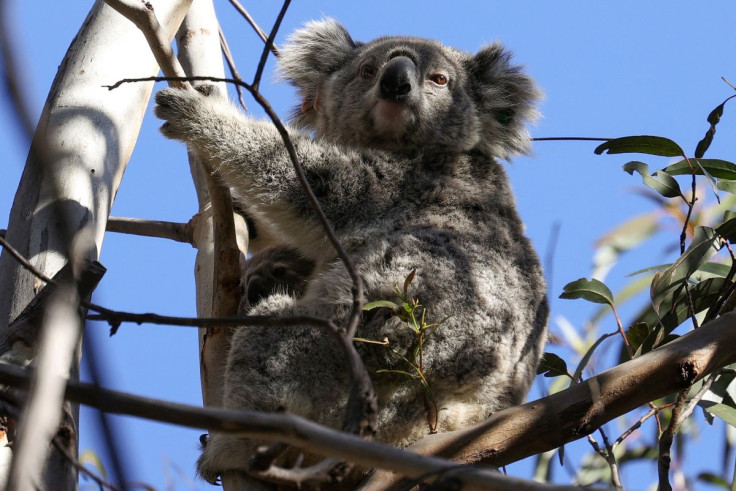Australian Animals At Risk As Environment Deteriorates - Government Report

Australia has lost more mammal species than any other continent and has one of the worst rates of species decline among the world's richest countries, a five-yearly environmental report card released by the government on Tuesday said.
Some animals such as the blue-tailed skink are now only known to exist in captivity, while the central rock-rat and Christmas Island flying fox are among mammals considered most at risk of extinction in the next 20 years, largely due to introduced predator species.
The sandalwood tree is also in decline.
The report, which comes after drought, bushfires and floods ravaged Australia over the past five years, said increasing temperatures, changing fire and rainfall trends, rising sea levels and ocean acidification were all having significant impacts that would persist.
"The State of the Environment Report is a shocking document - it tells a story of crisis and decline in Australia's environment," Environment Minister Tanya Plibersek said in a statement, adding that the new Labor government would make the environment a priority.
"I won't be putting my head in the sand," she said.
The number of species added to the list of threatened species or in a higher category of threat grew 8% from the previous report in 2016 and would rise sharply as a result of the bushfires that hit in 2019-2020.
The "Black Summer" bushfires killed or displaced an estimated 1 billion to 3 billion animals and razed 9% of koala habitat.
Spending of around A$1.7 billion ($1.2 billion) a year is required to revive threatened species, the report said, adding that the previous government's targeted spending for threatened species was A$49.6 million.
Australia's average land temperatures have increased by 1.4 degrees Centigrade since the early 20th century.
"Sea levels continue to rise faster than the global average and threaten coastal communities," the report said.
Many of the country's most prized ecosystems, such as the Great Barrier Reef which has been hit by mass coral bleaching, are threatened by climate change and environmental extremes, the report said.
While coral reef health is declining due to marine heatwaves, the report also highlighted the threat of ocean acidification, caused by absorption of carbon dioxide from the air, which it said was nearing a tipping point that would cause the decline of coral juveniles that are key to reef recovery.
Scientists and environmental groups said the report was a wake-up call for the new Labor government to step up carbon emissions reductions to curb climate change, overhaul laws to protect habitat and invest more money to protect species.
"There is no more time to waste," said Jim Radford, a research fellow at La Trobe University.
($1 = 1.4689 Australian dollars)
© Copyright Thomson Reuters 2024. All rights reserved.




















